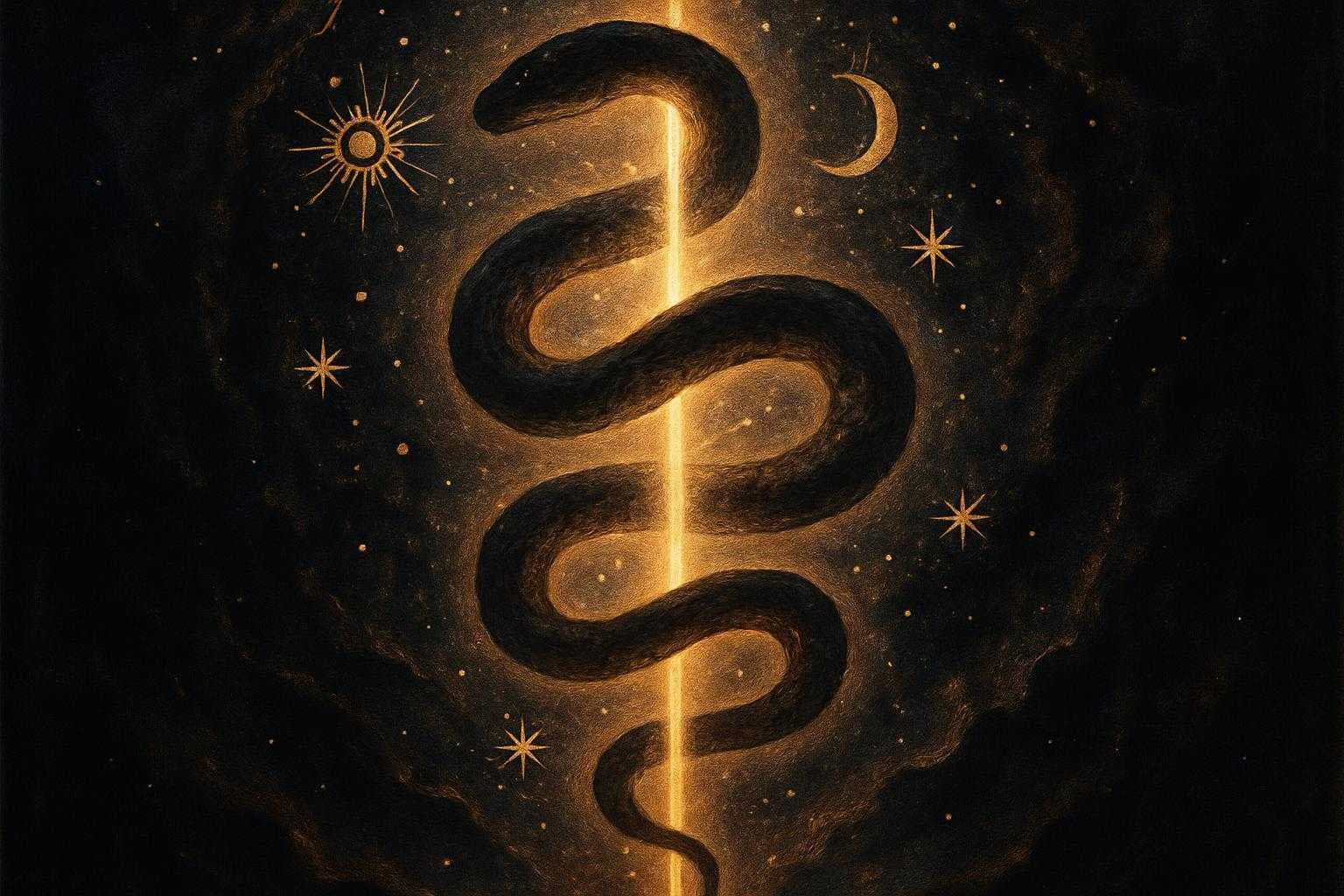
Navigating Sudden Ups and Downs: Understanding Rahu-Ketu Transits in Vedic Astrology
June 22, 2025
What Are Rahu and Ketu?
In the rich tradition of Vedic astrology, Rahu and Ketu are not physical planets, but chāyā grahas, or shadow planets. They represent the two lunar nodes-the points where the Moon's path crosses the Sun's apparent path. Rahu is the north node, a symbol of obsession, illusion, and material desires. Ketu, the south node, embodies spiritual insight, detachment, and life lessons from previous incarnations.
Rahu and Ketu always move in exact opposition (180 degrees), creating an axis in your chart that reveals your karmic priorities and deep soul growth. Their transits, typically spanning about 18 months in each sign, can trigger periods of upheaval, opportunity, and karmic reckonings.
How Rahu-Ketu Transits Bring Sudden Ups and Downs
The Rahu-Ketu axis is often likened to a seesaw: as one aspect of your life rises, another may dip. When these nodes transit over key houses (bhāvas) and planetary positions in your chart, they act as catalysts.
For example, Rahu's transit over your first house (lagna bhāva) can usher in sudden social prominence or changes in identity-often through unexpected circumstances. If Rahu moves across your tenth house (karma bhāva), you may encounter abrupt opportunities or challenges in career, sometimes propelled by intrigue or hidden motives. Simultaneously, Ketu's placement six houses away (always in opposition) could encourage withdrawal or a sense of release in the corresponding domain.
Many clients report feeling tossed about by destiny during these periods-exhilarated one moment, anxious or disoriented the next. Such volatility is Rahu-Ketu's signature, urging us to break through old boundaries and grow beyond comfort zones.
Karmic Significance: Lessons Hidden Within the Axis
The nodal transits reflect deep-rooted karmic patterns. Rahu represents the area where your soul seeks new experiences in this life, while Ketu reveals the wisdom accumulated from past lives. Their activity is a reminder that life's sudden changes are not random-they are opportunities for soul evolution.
Yogas (planetary combinations) involving Rahu and Ketu, such as Kala Sarpa Yoga (when all planets are hemmed between the nodes), often intensify life's unpredictability, but they also offer tremendous spiritual leverage. During such combinations, setbacks and strokes of luck take on a transformative purpose.
Nakshatra Focus: The Fine Print of Nodal Transits
When analyzing a Rahu-Ketu transit, do not stop at just the Rāśi (sign)-delve into the nakṣatras (lunar mansions) as well. Rahu tends to amplify the qualities of the nakṣatra it occupies. For instance, Rahu transiting the Ardra nakṣatra (symbolized by the teardrop) can coincide with emotional storms and breakthroughs, while Ketu's transit in Mula (the root) may dredge up family secrets or subconscious memories.
Looking to the nakṣatra lords (the planetary rulers of these segments) gives further clues. Suppose Rahu is transiting Bharani (ruled by Venus): creative but intense lessons around pleasure, authority, or personal boundaries may arise.
Dashā Sequences and Personal Timing
The impact of any transit is filtered through your Vimshottari Dashā sequence (planetary periods based on your birth nakṣatra). If you are running a Rahu or Ketu mahādashā or antardashā (major or sub-period), changes may be felt with pronounced intensity.
For example, a person in Rahu-Ketu or Ketu-Rahu dashā might see rapidly alternating fortunes, mirroring the themes of obsession, confusion, endings, and spiritual awakening. For those under a Sun or Jupiter period, the effect of Rahu-Ketu transits may be softened, especially if these planets are strong in the chart.
Remedial Tips for Navigating the Ups and Downs
Rather than fearing the turbulence of Rahu-Ketu transits, consider these time-tested remedies and practices:
-
Mindful Reflection: Use journaling or meditation (particularly with mantras like Om Rahave Namah or Om Ketave Namah) to process changing circumstances and find hidden opportunities.
-
Detox and Letting Go: Engage in occasional fasting, or clearing of physical and mental clutter, especially on Saturdays or new moon days, to align with Ketu's qualities of detachment.
-
Charity and Service: Acts of selfless service (seva)-especially toward marginalized or suffering beings-can harmonize the typically disruptive energy of the nodes.
-
Wearing Gemstones: Under the right astrological guidance, gemstones like Gomed (Hessonite) for Rahu and Cat's Eye for Ketu may be worn, but only after proper consultation, as misuse may have adverse effects.
-
Rituals and Offerings: Simple rituals like lighting a sesame oil lamp or offering coconut at temples can pacify the nodes' energy. Visiting places associated with Lord Shiva (for Ketu) and Goddess Durga (for Rahu) can also help.
Reflection: Growing Through Change, Not Just Surviving It
Ultimately, Rahu and Ketu are teachers in disguise. Their sudden twists-be they windfalls or setbacks-invite us to question our attachments, clarify our desires, and move closer to our soul's highest purpose.
If you recognize a recurring pattern of ups and downs during a nodal transit, pause for self-inquiry. What lesson is this instability bringing? Where are you being called to leap into the unknown, or surrender something outmoded?
With mindfulness, patience, and the wisdom of Vedic tradition, Rahu and Ketu's wild ride becomes a journey of conscious transformation.
May their mysterious dance reveal your soul's inner strength and lead you to greater clarity and peace.
No one can be defined by just one sign.
See for yourself, with a free horoscope.
Generate a Horoscope